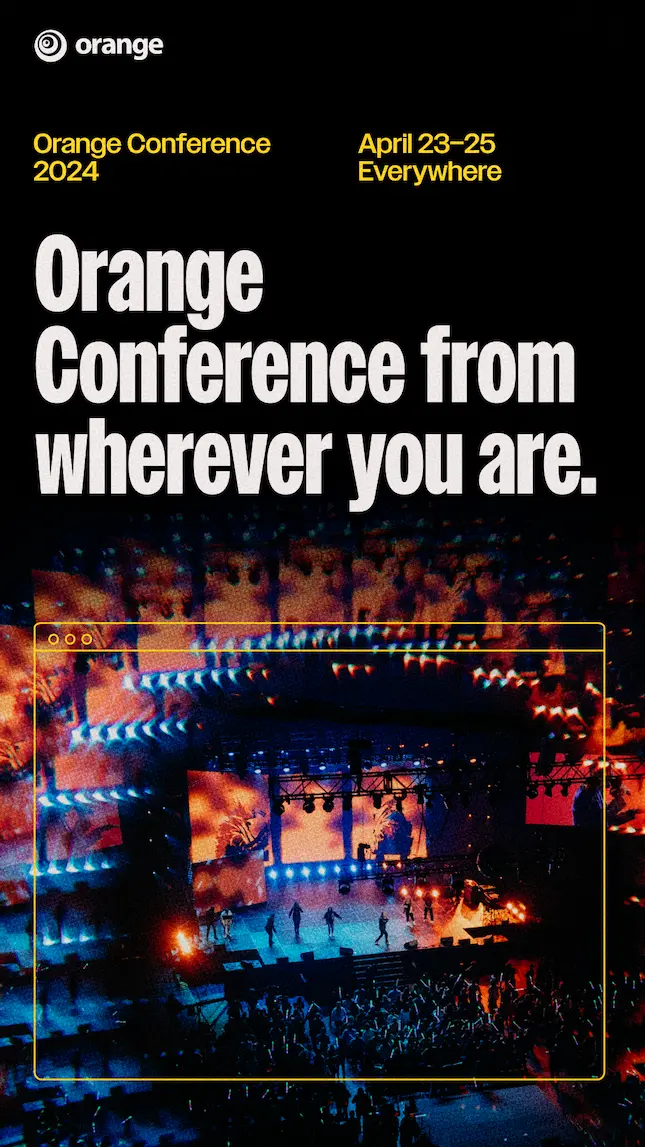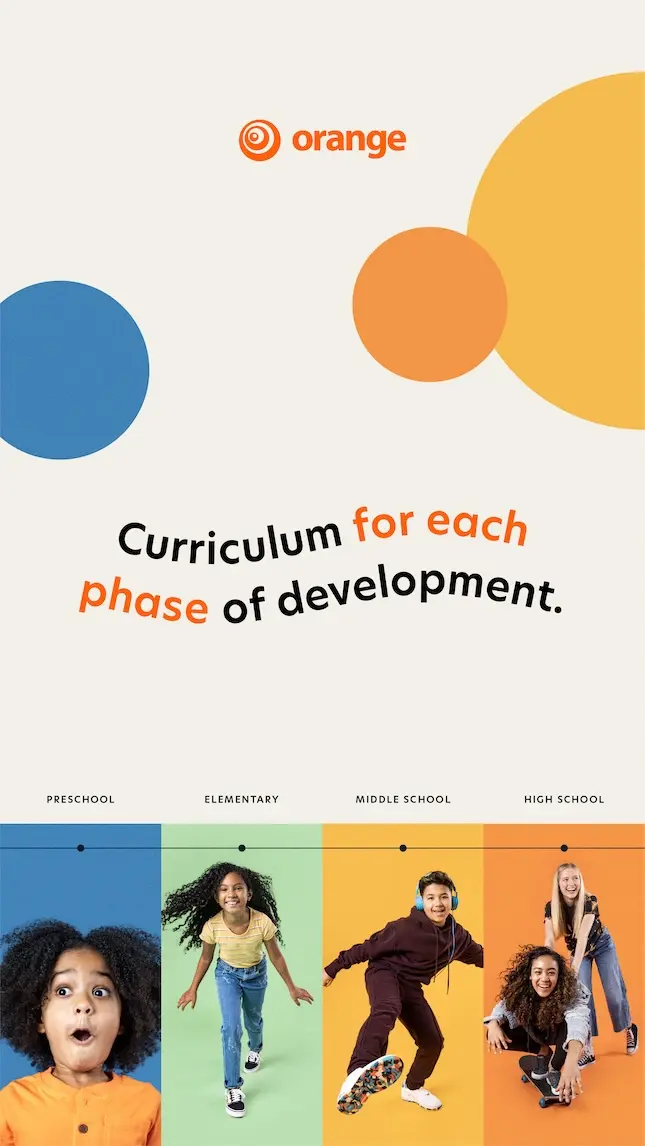I’ve got good news for all you student pastors out there.
You CAN communicate well in a combined middle and high school environment.
Have you ever watched a family movie with lines only grown-ups understood and enjoyed? Still, at the same time, the movie powerfully connected with an audience of all ages? In other words, it works well for a combined age group. How? Well, it all comes down to the lens.
Here’s what I mean.
In our preparation process, we need to be thinking through the middle school AND high school lens. You have to consider questions, content, and examples through the lens of a sixth grader AND twelfth grader. Easy? Definitely not! But doable? Absolutely!
Consider the Lens of a Middle & High Schooler
When it comes to teaching in a combined environment, it will (and should!) require more time. If we aren’t intentional about it, we will automatically lean toward the age group we naturally prefer. When that happens, we forget a lens and inevitably forget an entire group of students. Like a well-written movie, it can never be about preparing for one audience and expecting the other audience to listen in. Our message is too important to approach it in this way.
Instead, we have to consider both the lens of a middle schooler AND high schooler. We have to choose to do the extra thought-work in order not to isolate a crucial part of our audience. But like we said, this isn’t always easy. So, to help you get started, here are a few takeaways I’ve observed from ministry leaders who work hard to reach both middle schoolers and high schoolers in a combined environment:
Takeaways from Combined Middle & High School Environments
- For every example, give one directly for high schoolers and one directly for middle schoolers.
- For example, a communicator might say something like this. “If you are a middle school student, you may be asking something like __________. If you are a high school student, you might be wondering something more like _______.”
- When you don’t differentiate between the two groups, choose examples that both middle and high school students can relate to.
- This includes fights with friends, trying out for a team, embarrassing moments, holiday traditions, family dynamics, vacations, or staycations.
- When unpacking a concept, make sure to explain what it is, what it means, how it is connected, and why it matters.
- Middle schoolers may need to talk about factors that create emotion. High schoolers may need to analyze how emotions affect behavior.
- Middle schoolers may need to predict others’ feelings in a variety of situations. High schoolers may need to analyze similarities and differences between one’s own and others’ perspectives.
- Middle schoolers may need to analyze ways to create positive relationships with others. High schoolers may need to evaluate the effects of asking for support from others and providing it.
- Consider this. Developmentally, a high schooler can lean back into where a middle schooler’s brain is because they have been there before. It’s much more difficult for a middle schooler to speed up brain maturity and think like a high schooler.
- Because of this, choose to use vocabulary that middle schoolers can grasp but isn’t condescending toward high schoolers. Don’t use the vocabulary broken down in a way that talks down to a middle schooler. This isn’t a time to say, “Let me say it simpler for the middle schoolers in the room.”
Of course, these are just starting points! And if you want to learn more about how to communicate to middle schoolers and high schoolers in a combined environment, check out Communicating to Middle Schoolers: A Guide to Developing and Delivering Messages that Stick.



